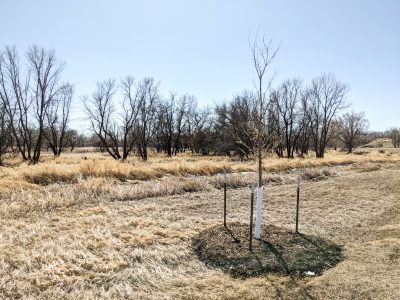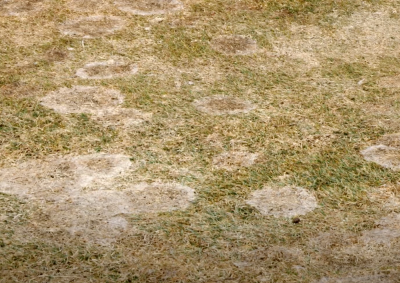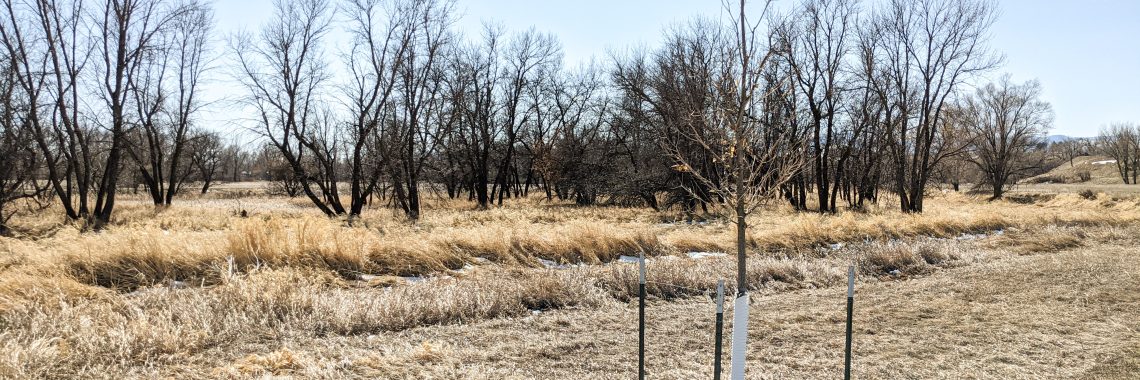As the gardening season draws to a close, it’s time to prepare your garden, trees, and lawn for the winter and fall months.
Garden
Once harvest is completed, it’s time to start removing diseased plants. While you can leave healthy plants there to rot and add nutrients and protection to the soil, leaving plants that have signs of a disease can cause diseases, pests, and fungus to be introduced into your soil. Invasive weeds should also be removed to reduce the amount of weeds come spring.
One of the most important things to do when preparing your garden for the fall is to cover your garden with mulch before it freezes. Covering your garden with mulch can help prevent weeds from germinating in the fall while also protecting your soil. It can also be beneficial to hydrate your soil before adding a layer of mulch, as this allows the moisture to be held in your soil.
Covering your garden with cloth can help protect it from cold temperatures. However, don’t leave it covered for more than 2–3 days, especially when temperatures are warm, since photosynthesis doesn’t occur when it’s covered.

Another important thing to do when wrapping up gardening season is to put away your tools in good shape. Make sure to clean, sharpen, and oil your tools so that they are sharp, disease free, and winter well. This allows them to be ready for next year.
Trees
Tree care in the fall and winter is not to be underestimated. Removing broken ends and doing cleanup cuts where branches broke up helps prevent bacteria and diseases from forming.
Additionally, it is important to use mulch, whether organic (dry grass clippings, leaf litter, pine straw/needles, chipped bark, etc.) or inorganic (rocks, gravel, etc.), around the trees. When choosing a mulch, choose something that works well for you, your plants, and your environment. Inorganic mulches don’t regulate heat well so it is important to plant species that can tolerate the heat when using inorganic mulches. Finer (chipped) organic mulches can blow away more easily than shredded organic mulches. Do not over-apply shredded mulches as they can prevent water from being absorbed by the roots.
It is important to water your trees even in the winter, especially if you do not have a lot of precipitation via snow. Trees such as evergreens spruces, pines, etc.) can be damaged by warm, dry conditions because they hold their leaves and lose moisture through their needles. These trees are the ones that need to be soaked with water. The best way to soak these trees is to water the whole root zone rather than just by the trunk.
Only water your trees when the ground isn’t frozen (otherwise you’ll encounter poor absorption and high runoff). To test if the soil is thawed enough, stick a screwdriver into the ground; if it goes 6–12 inches easily, the soil profile has enough room to be watered. Make sure to test the screwdriver method in several locations. Additionally, only water when it is 45oF or higher outside. Don’t overwater, but keep in mind that younger trees (1–5 years old) need more water than the older trees.
Lawn
There are several things you can do to prepare your lawn for the colder months and prevent potential issues. One of the issues you want to avoid is getting snow mold on your lawn. Snow mold occurs when snow sits on the lawn (or parts of the lawn) for longer periods of time. This can cause a fungus to form that will eat the grass plants. Therefore, if you are considering fertilizing your lawn, it is important to apply fertilizer by September 15th.

If you miss the September 15th deadline, it is better to wait until the spring because a late application can flesh new growth to your lawn that can be susceptible to the fungus caused by snow mold. Another practice that reduce the chance of snow mold is by mowing your lawn one last time at the lowest level your lawnmower allows.
During fall, leaves may start to build up on your lawn. Dry leaves that aren’t thick can be mulched with a lawnmower. However, wet leaves or leaves that are thick and/or have been matted down should be raked up and removed. These leaves can suffocate or invite diseases to your lawn. Additionally, make sure to remove any fallen branches from the lawn.
If your lawn currently has perennial weeds, weed control shouldn’t be ignored. Applying herbicides in the fall and manually removing these weeds can help reduce the amount of weeds that come back in the spring. Don’t forget about weed control when prepping your lawn for the fall and winter months!
Summary
As the gardening season comes to an end, it’s time to prepare your garden, trees, and lawn for the colder months. Taking precautions to reduce the chances for diseases in gardens, trees, and lawns will help them thrive during the next growing season. A good weed control program will reduce the amount of weeds in your garden and lawn next spring.
Sources for Further Information on Prepping Your Garden, Trees, and Lawn for the Fall
- Barnyards & Backyards Live! Video: Wrapping up the gardening season
- Barnyards & Backyards Live! Video: Don’t neglect your trees! Winter care, spring planting and more
- Barnyards & Backyards: Get garden beds into tiptop shape for winter
- Barnyards & Backyards: Winterize your trees and shrubs
- Barnyards & Backyards: Snow Mold





